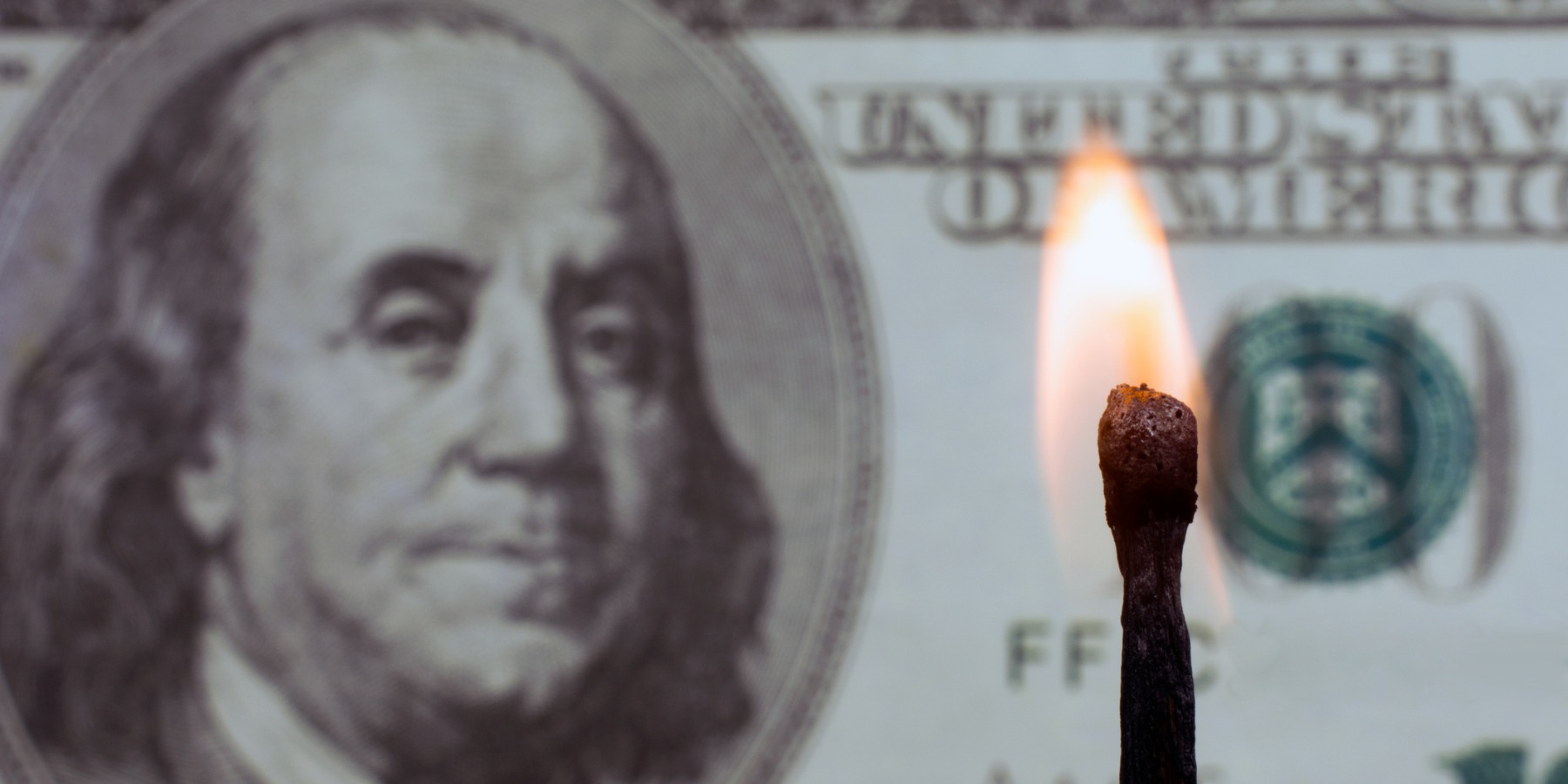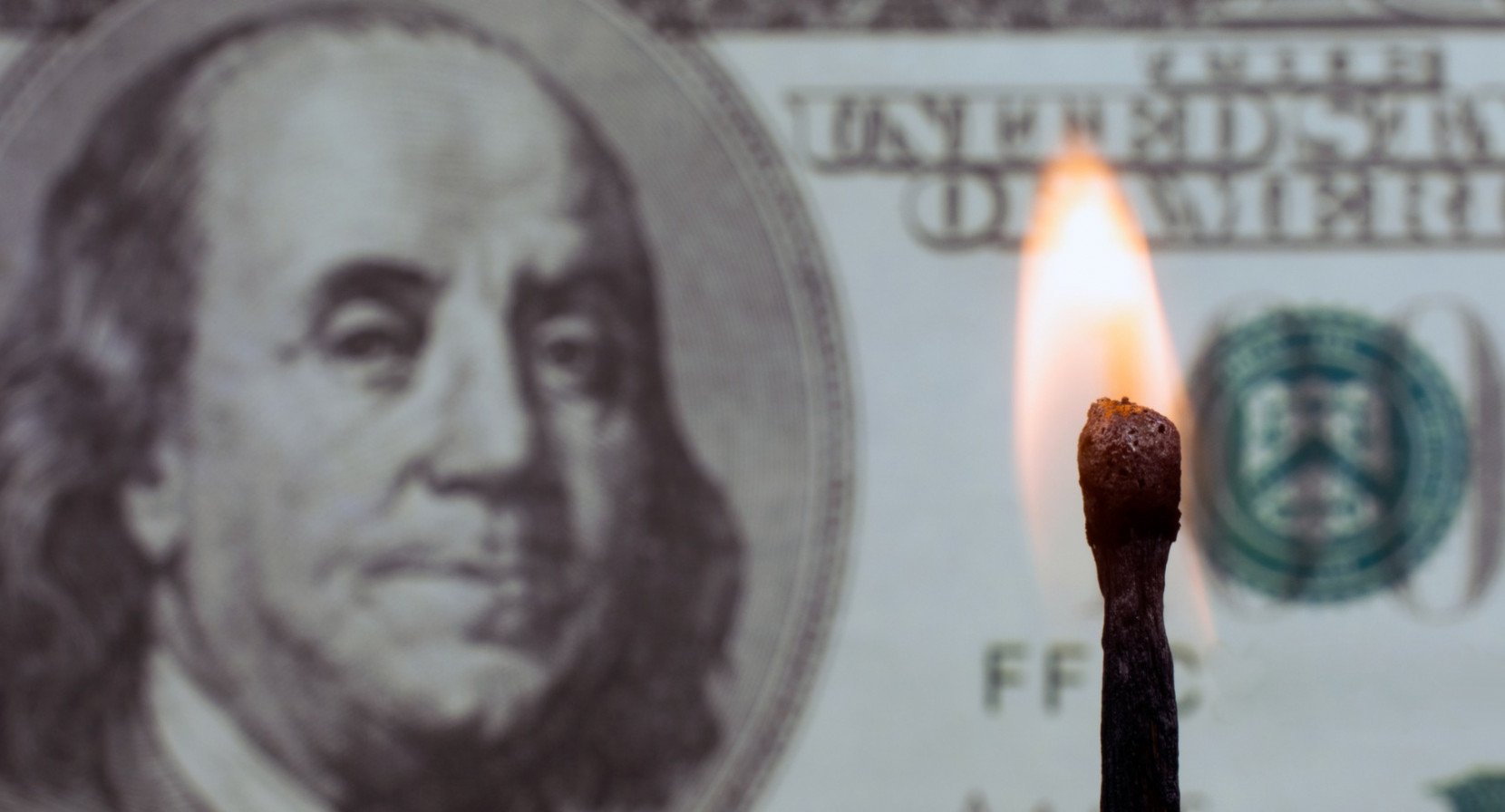Yesterday’s June inflation report was the first one that I thought realistically had a chance of supporting the Fed’s "transitory" narrative.
The way the prior numbers had set up (the so-called "base effects"), it had seemed pretty clear that the April and May reports were going to continue to show significant and growing inflation pressures. But there seemed to be a chance those pressures might start to abate with this latest report.
Nope.
Quite the contrary, actually, as the U.S. CPI (consumer price index) numbers came in higher than expected. Headline CPI was +0.9% month-over-month, and +5.4% year-over-year. Expectations had been +0.5% and +4.9%.
The year-over-year rate in May was +5.0%, so June actually showed the inflation pulse continuing to strengthen. I hate talking about the "core" CPI, which strips out Food and Energy (two of the most significant components of most normal peoples’ budgets), so I won’t — other than to mention that its increase of +4.5% in June was the highest since November 1991. To those of us of a certain age, 1991 doesn’t seem that long ago, but it actually was. (Insert Boomer joke to make fun of me here.)
More than meets the eye
So is it officially time to panic yet? Not quite.
Economist David Rosenberg points out that there was unprecedented "skew" in the June numbers. While about 90% of the core CPI basket was actually rather subdued (+2% year-over-year), 10% of it was up enormously (+20%). That small slice — composed primarily of autos, airlines, movies, and hotels — is largely the reopening travel wave, which is unlikely to be sustained beyond the summer. Planes, rental cars, hotels, and the admittedly nasty backlog in new/used cars for sale were the big outliers.
All of this to say there’s still some wiggle room for the Fed’s transitory case to play out, assuming some of these travel factors back off in the months ahead.
However, I’d also add that Rosenberg conveniently cited the core CPI, which excludes Food and Energy. And if you’ve eaten or filled your car with gas, you know there’s price pressure there as well.
I’ve been inclined to slow-pedal the inflation fear to this point and I still am (even while I’ve been massively bullish on commodities as a way to benefit from rising inflation). But I also see factors like the easy energy price comparisons through year-end and rising rents and home prices. To this point, those components of the inflation basket have been pretty subdued, but they seem destined to heat up in the months ahead.
So while I still think a number of the supply bottlenecks are likely to clear up and ease inflationary pressures, I also think we’re clearly at a point where inflation is 1) higher than the Fed ever expected it to reach when it started talking about "transitory," and 2) is likely to stick at a higher rate than they expected for a while.
In other words, I still don’t expect to see inflation keep rising to the 7%-8%+ range. But I also don’t expect it to snap back down to 2% anytime soon either. It’s very easy for me to imagine a 4%+ CPI world through the end of the year, at least.
This is actually what they want
The magic formula for governments to make their debt disappear is for the inflation rate to exceed the interest rate they pay on their bonds. So a 5% inflation rate at a time when they are paying a paltry 1.35% interest rate on 10-Year Treasury bonds is music to the government’s ears. There are numerous ways to calculate "real" (inflation-adjusted) yields, but using just those two numbers (to keep it simple) shows how Uncle Sam is effectively "gaining" 3.65% on that deal, or said differently, the real interest rate is -3.65%. Tax receipts are growing at a rate close to that inflation rate, making it easier to repay the government’s debt.
Run that kind of disparity for a decade and today’s debt load looks much smaller in the future. This "financial repression" was a significant factor that allowed the U.S. to dramatically reduce its massive debt burden in the two decades following World War II.
There’s one pesky problem: citizens generally don’t like high inflation because it makes everything more expensive! The only way to make the trick work is if wages increase faster than the rate of those expenses. According to Darius Dale, who heads an investment research firm, that’s exactly what’s been happening:
This chart shows why Jay Powell isn't freaking out about INFLATION: household incomes have grown twice as fast as consumer prices since the FEB '20 cycle peak in the labor market. Consumers see prices rising, but are not being squeezed by price pressures like they usually would. pic.twitter.com/67dRCs7n4n
— Darius Dale (@42macroDDale) July 14, 2021
The red line is the CPI index, which is up +4.7% since Feb 2020. The blue line is U.S. Disposable Personal Income, which is up +9.4%. As long as the blue line keeps advancing faster than the red line, workers (as a group) have more money coming in than inflation is costing them going out.
But notice the blue line is punctuated by three huge spikes higher. Those correspond to the three broad stimulus check programs hitting in April 2020 and Jan/March 2021. Can disposable income keep outpacing inflation without more of the same? Time will tell. The next few months will be critical in that regard as expanded unemployment benefits come to an end at the same time schools re-open and, presumably, the job market gets back to normal.









